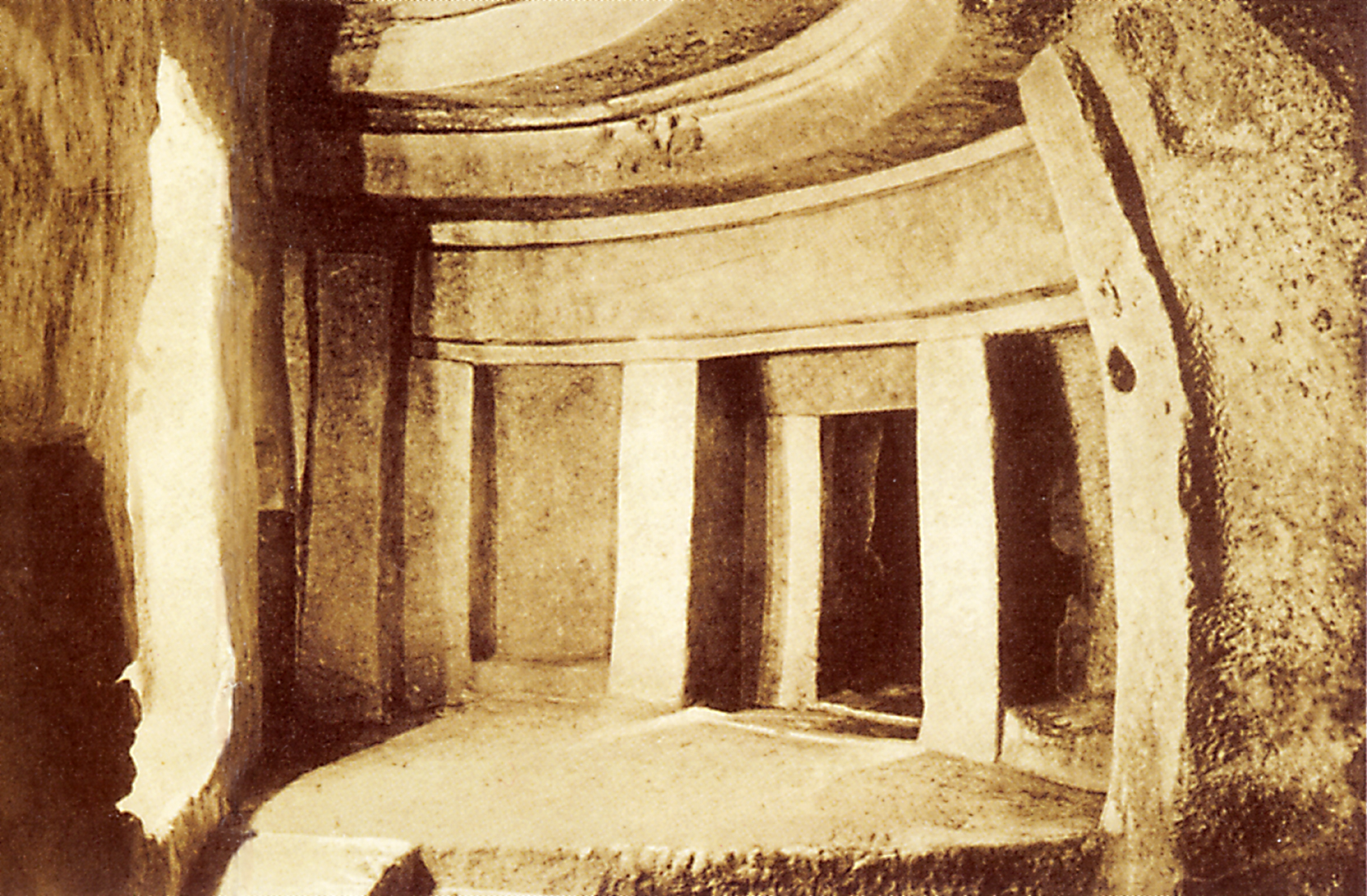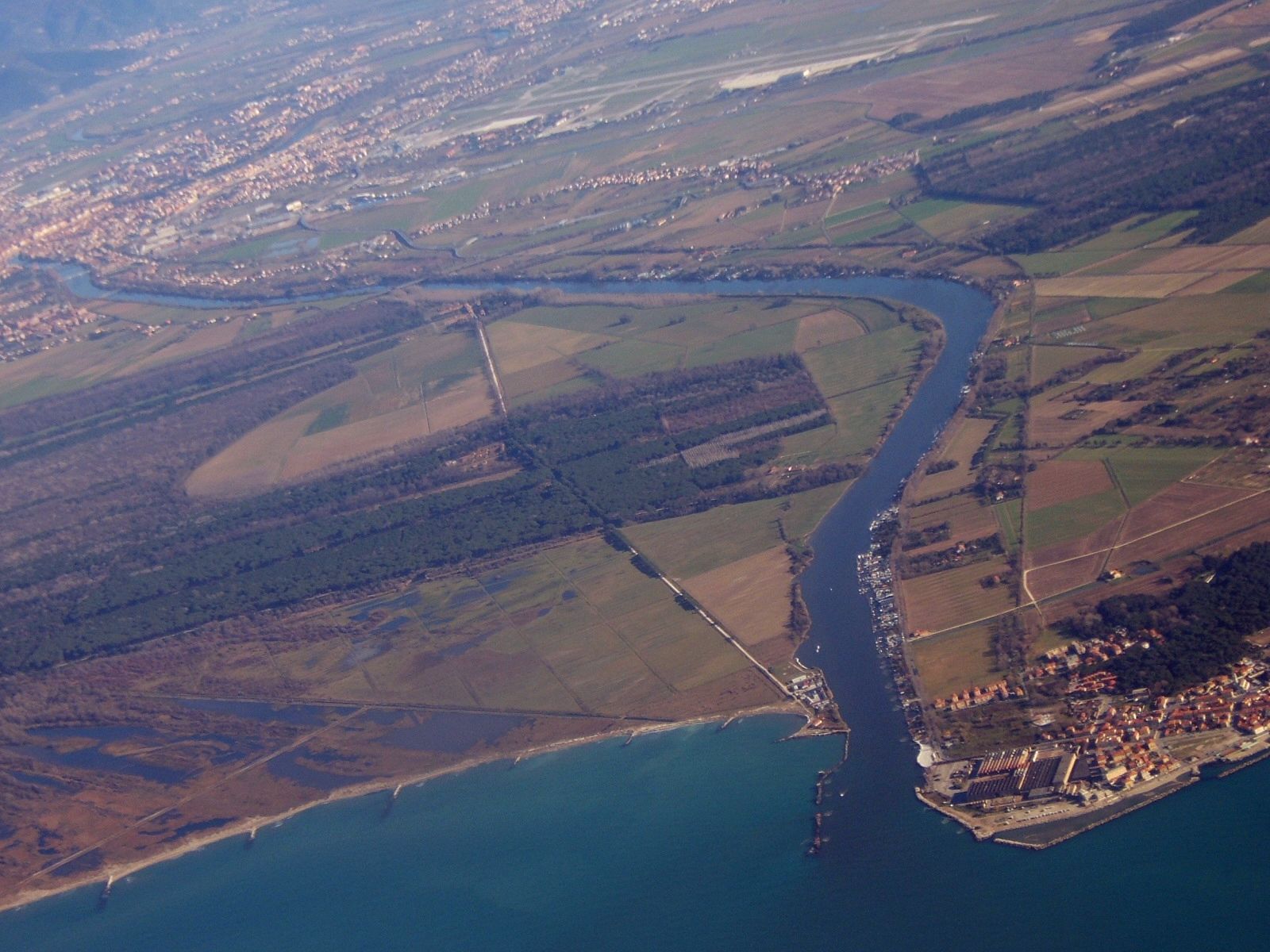|
Calcinaia
Calcinaia (Latin: ''Vicus Vitri'') is a ''comune'' (municipality) and town in the province of Pisa in the Italian region Tuscany, located about west of Florence and about east of Pisa. Calcinaia borders the following municipalities: Bientina, Cascina, Pontedera, Santa Maria a Monte, Vicopisano. The town of Fornacette is included in the municipality of Calcinaia. History Calcinaia was founded before the year 1000 on the right bank of the Arno River as ''Vico Vitri'', the current name being attested from 1193. At the time it was a fief of the counts of Fucecchio, later replaced by the Upezzinghi Ghibelline family of Pisa. Contended for centuries by the Republics of Pisa and Lucca, it was later conquered by Florence in the 15th century. In 1555 Grand Duke Cosimo I de' Medici had hydraulic works built here to regulate the floods of the Arno, a move which boosted agriculture in the area. In the district of Sardina, the chapel of St. Stephen is the major attraction. [...More Info...] [...Related Items...] OR: [Wikipedia] [Google] [Baidu] |
Fornacette
Fornacette is a town in Tuscany, central Italy, administratively a frazione of the comune of Calcinaia, province of Pisa. At the time of the 2001 census its population was 4,763. . Fornacette is about 20 km from Pisa
Pisa ( , or ) is a city and ''comune'' in Tuscany, central Italy, straddling the Arno just before it empties into the Ligurian Sea. It is t ...
[...More Info...] [...Related Items...] OR: [Wikipedia] [Google] [Baidu] |
Paola, Malta
Paola ( mt, Raħal Ġdid, it, Casal Nuovo, both meaning "New Town") is a town in the South Eastern Region of Malta, with 8,706 inhabitants as of 2019. The town is a commercial centre in the Southern Harbour area of Malta, about 5 km from the capital Valletta, contiguous to Tarxien and Fgura, with which it forms a single urban area. Paola is named after Grand Master Antoine de Paule, who laid the foundation stone in 1626. Paola is renowned for the Ħal Saflieni Hypogeum, the Basilica of Christ the King (the largest church in the Maltese Islands), Antoine de Paule Square and its shopping centres, the Good Friday procession, and its football club, Hibernians FC. The Mariam Al-Batool Mosque, the only mosque in Malta, as well as an Islamic Cultural Centre are found in Paola. The country's correctional facilities (Corradino prison) and the largest burial grounds, the Addolorata Cemetery are also within the limits of Paola. There are two parish churches, one dedicated to Christ ... [...More Info...] [...Related Items...] OR: [Wikipedia] [Google] [Baidu] |
Amilly, Loiret
Amilly ( or ) is a commune and town in the Loiret department in north-central France. Population Sights * Church of St. Martin (16th century) * Castles of Varenne (16th century) and of the Bourgoins (18th century) * Bardin Watermill * Museum of Folk Art Twin towns * Nordwalde, Germany * Vilanova del Camí, Spain * Calcinaia Calcinaia (Latin: ''Vicus Vitri'') is a ''comune'' (municipality) and town in the province of Pisa in the Italian region Tuscany, located about west of Florence and about east of Pisa. Calcinaia borders the following municipalities: Bientina, C ..., Italy References External links www.amilly.com Official site Communes of Loiret {{Loiret-geo-stub ... [...More Info...] [...Related Items...] OR: [Wikipedia] [Google] [Baidu] |
Noves
Noves (; oc, Nòvas) is a commune in the Bouches-du-Rhône department in southern France. Population Sights * Church of ''Sainte Baudille'', located in the site of a 3rd-century Palaeo-Christian worship area and of a Roman temple. The current building was built by will of the bishops of Avignon in the 10th century * Chapel of the White Penitents, built in the 12th century over a former synagogue. * Church of ''Notre-Dame de Piété'', founded as a Franciscan hermitage in the 13th century. The current edifice dates to the 1630 and 1720s reconstructions. Twin towns * Calcinaia, Italy See also * Communes of the Bouches-du-Rhône department The following is a list of the 119 communes of the Bouches-du-Rhône department of France. The communes cooperate in the following intercommunalities (as of 2020): [...More Info...] [...Related Items...] OR: [Wikipedia] [Google] [Baidu] |
Province Of Pisa
The province of Pisa ( it, provincia di Pisa) is a Provinces of Italy, province in the Tuscany region of central Italy. Its capital is the city of Pisa. With an area of and a total population of 421,642 (), it is the second most populous and fifth largest province of Tuscany. It is subdivided into 37 ''comune, comuni''. With a history that dates to the Etruscans and Phoenicians, the province achieved considerable power and influence in the Mediterranean in the 12th and 13th centuries. Pisa, the provincial capital, is known for its Leaning Tower of Pisa, Leaning Tower, and other historic landmarks that attract tourists. History The area has a long maritime history dating back to the Etruscans, the Phoenicians and the Gauls. Under the Roman Empire, it was responsible for naval battles against the Ligurians, Gauls and Carthaginians, becoming a Roman colony in 180 B.C. and gaining further colonial independence under Julius Caesar. Thanks to its complex river system, with the fall of ... [...More Info...] [...Related Items...] OR: [Wikipedia] [Google] [Baidu] |
Vilanova Del Camí
Vilanova del Camí is a municipality in the ''comarca'' of the Anoia in Catalonia, Spain. The name literally means "New Town of the Route", the route being the road from Igualada to Vilafranca del Penedès (now the C-244). It is situated in the centre of the Òdena Basin immediately to the south-east of Igualada. The town is served by a station on the FGC railway line R6 from Barcelona and Martorell to Igualada. There are several sizable industrial parks, serving the entire area. Twin towns * Calcinaia Calcinaia (Latin: ''Vicus Vitri'') is a ''comune'' (municipality) and town in the province of Pisa in the Italian region Tuscany, located about west of Florence and about east of Pisa. Calcinaia borders the following municipalities: Bientina, C ..., Italy * Amilly, France References * Panareda Clopés, Josep Maria; Rios Calvet, Jaume; Rabella Vives, Josep Maria (1989). ''Guia de Catalunya'', Barcelona: Caixa de Catalunya. (Spanish). (Catalan). External links Officia ... [...More Info...] [...Related Items...] OR: [Wikipedia] [Google] [Baidu] |
Bientina
Bientina () is a ''comune'' (municipality) in the Province of Pisa in the Italian region Tuscany. History The toponym Bientina is attested the first time in 793 as Blentina and probably comes from the Etruscan name Plitine. Geography Territory Bientina is located between Lucca's plain (Piana di Lucca) and the Valdarno. It is about to the west of Florence and about east of Pisa and it borders the following municipalities: Altopascio, Buti, Calcinaia, Capannori, Castelfranco di Sotto, Santa Maria a Monte, Vicopisano. To the north of the town there was once the largest lake in Tuscany, the Lago di Bientina, until it was drained in 1859 and converted to farmland. The municipality is formed by the municipal seat of Bientina and the villages ('' frazioni'') of Caccialupi, Puntone, Quattro Strade and Santa Colomba. Climate Bientina experiences a Mediterranean Climate like other cities in Central Italy. Being more distant from the sea, winters are usually less ... [...More Info...] [...Related Items...] OR: [Wikipedia] [Google] [Baidu] |
Cascina
Cascina () is a ''comune'' (municipality) in the Province of Pisa in the Italian region Tuscany, located about west of Florence and about southeast of Pisa. Cascina is located on the left shore of the Arno River, on a markedly plain terrain. The ''comune ''borders the following municipalities: Calcinaia, Collesalvetti, Crespina, Casciana Terme Lari, Pisa, Pontedera, San Giuliano Terme, Vicopisano. History The first mention of Cascina is from a document of 750 AD. The origin of the name is uncertain, but it could derive from '' Casina'' ("Small House"), or from the creek that crossed it (now disappeared), or from an Etruscan personal name, Latinized as ''Cassenius''. On 26 July 1364, the eponymous battle between the armies of Pisa and Florence was fought here. The event was later reproduced by Michelangelo in painting, of which now preparatory drawings and a copy by Aristotile da Sangallo (also known as Bastiano da Sangallo) exist. The city had in fact a strategical importan ... [...More Info...] [...Related Items...] OR: [Wikipedia] [Google] [Baidu] |
Province Of Pisa
The province of Pisa ( it, provincia di Pisa) is a Provinces of Italy, province in the Tuscany region of central Italy. Its capital is the city of Pisa. With an area of and a total population of 421,642 (), it is the second most populous and fifth largest province of Tuscany. It is subdivided into 37 ''comune, comuni''. With a history that dates to the Etruscans and Phoenicians, the province achieved considerable power and influence in the Mediterranean in the 12th and 13th centuries. Pisa, the provincial capital, is known for its Leaning Tower of Pisa, Leaning Tower, and other historic landmarks that attract tourists. History The area has a long maritime history dating back to the Etruscans, the Phoenicians and the Gauls. Under the Roman Empire, it was responsible for naval battles against the Ligurians, Gauls and Carthaginians, becoming a Roman colony in 180 B.C. and gaining further colonial independence under Julius Caesar. Thanks to its complex river system, with the fall of ... [...More Info...] [...Related Items...] OR: [Wikipedia] [Google] [Baidu] |
Vicopisano
Vicopisano is a ''comune'' (municipality) in the Province of Pisa in the Italian region Tuscany, located about west of Florence and about east of Pisa. It occupies the former valley of the Arno River (which now flows some km southwards), bounded by the Monte Pisano from north. History In medieval times Vicopisano was a flourishing fortified center of the Republic of Pisa. It was conquered by Florence in 1406. Here a castle (''Rocca Nuova'') designed by Filippo Brunelleschi was built in 1434. Geography Vicopisano borders the following municipalities: Bientina, Buti, Calci, Calcinaia, Cascina and San Giuliano Terme. It counts the hamlets (''frazioni'') of Caprona, Cucigliana, Lugnano, Noce, San Giovanni alla Vena and Uliveto Terme. Demographics Colors= id:lightgrey value:gray(0.9) id:darkgrey value:gray(0.8) id:sfondo value:rgb(1,1,1) id:barra value:rgb(0.6,0.7,0.8) ImageSize = width:500 height:373 PlotArea = left:50 bottom:50 top:30 right:30 DateFormat = x.y P ... [...More Info...] [...Related Items...] OR: [Wikipedia] [Google] [Baidu] |
Ghibelline
The Guelphs and Ghibellines (, , ; it, guelfi e ghibellini ) were factions supporting the Pope and the Holy Roman Emperor, respectively, in the Italian city-states of Central Italy and Northern Italy. During the 12th and 13th centuries, rivalry between these two parties formed a particularly important aspect of the internal politics of medieval Italy. The struggle for power between the Papacy and the Holy Roman Empire arose with the Investiture Controversy, which began in 1075, and ended with the Concordat of Worms in 1122. History Origins The Guelph vs Ghibelline conflict initially arose from the division caused by the Investiture Controversy, about whether secular rulers or the pope had the authority to appoint bishops and abbots. Upon the death of Emperor Henry V, of the Salian dynasty, the dukes elected an opponent of his dynasty, Lothair III, as the new emperor. This displeased the Hohenstaufen, who were allied with and related to the old dynasty. Out of fear of the H ... [...More Info...] [...Related Items...] OR: [Wikipedia] [Google] [Baidu] |
Hopsten
Hopsten is a municipality in the district of Steinfurt, in North Rhine-Westphalia, Germany. It is situated approximately 15 km northeast of Rheine and 25 km southeast of Lingen. People * Bernhard Otte (1883-1933), politician and trade union leader * Franz-Josef Kemper Franz-Josef Kemper (born 30 September 1945) is a German athlete, Olympian, and official. He achieved his greatest success as a middle-distance runner in the 1960s and 1970s. Image:Katholische Kirche Hopsten.JPG, Catholic Church Image:Ölmühle Halverde.JPG, Mill Halverde Image:Haus Nieland.JPG, Haus Nieland Image:Hof Holling Hopsten.JPG, Hof Holling on the Brennikmeyer Street References [...More Info...] [...Related Items...] OR: [Wikipedia] [Google] [Baidu] |


.jpg)